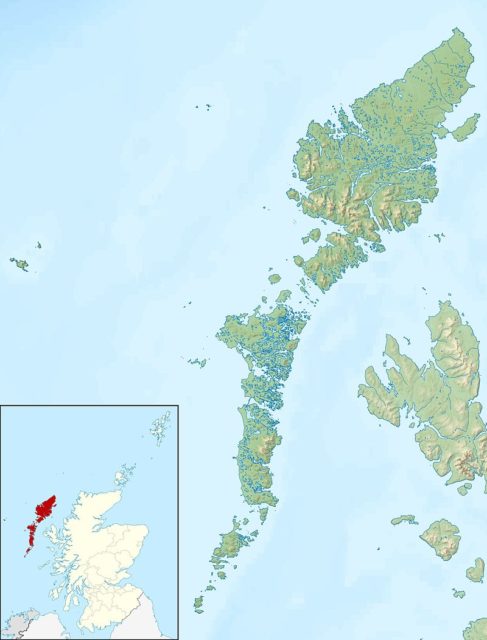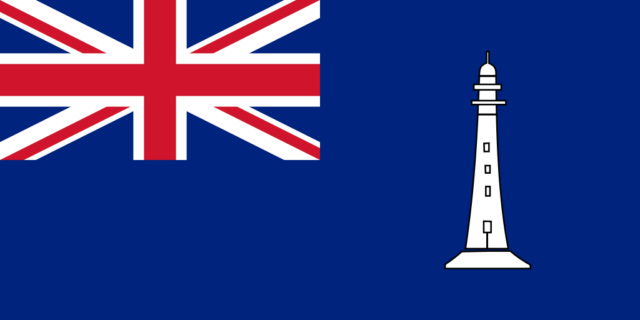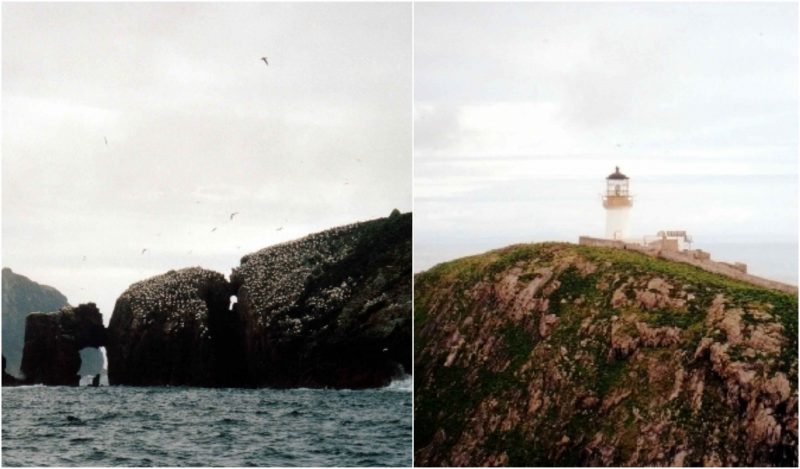Near the highest point of the uninhabited Isle, Eilean Mòr, in the remote Outer Hebrides Isles off the western coast of Scotland, there is a lighthouse that has gained notoriety over the years after three of its keepers mysteriously disappeared in 1900.
According to HistoricUK, the island was named for Saint Flannan, a Bishop from Ireland who built the first chapel there.
The Northern Lighthouse Board commissioned the lighthouse, designed by David Alan Stevenson, to be constructed, beginning in 1895. The light was turned on for the first time in December of 1899. In 1925, it was the first lighthouse to have a telegraph installed, and in 1971, it was completely automated. A pad was put in place to allow helicopters to land.

On December 15, 1900, a steamer on route from Philadelphia to Leith noticed the lighthouse was dark as they passed the islands, and they duly reported this to authorities. The lighthouse was staffed by Donald MacArthur, Thomas Marshall, and James Ducat. A fourth man was available for rotation but did not live on the island. On December 20th, relief keeper Joseph Moore was scheduled to arrive on the Hesperus, the ship used to deliver supplies, but the adverse weather had caused the ship to delay its planned visit until noon on December 26th.
Upon arrival, the crew found the island deserted. Moore checked the entrance gate and main door, but both were closed. The living quarters were in good order, aside from the unmade beds, and so the only curious thing Moore had noticed, was that the clocks had stopped. He returned to the ship to get help for a mass search of the island. One of the keepers’ rain gear was later found, leading the men to believe someone on staff had gone outside in a storm without it. No signs of the missing men were found on the island whatsoever.
Moore and three volunteer seamen stayed on the island to guard the lighthouse while the Hesperus went back to the mainland to notify the Northern Lighthouse Board. Their telegram, dated December 26, 1900, stated:
A dreadful accident has happened at the Flannans. The three keepers, Ducat, Marshall, and the Occasional have disappeared from the Island… The clocks were stopped, and other signs indicated that the accident must have happened about a week ago. Poor fellows, they must have been blown over the cliffs or drowned trying to secure a crane or something like that.

Meanwhile, Moore and the other men continued searching for clues as to what happened. The eastern end was undamaged, but the western area showed damage from recent storms; iron railings were bent over and had been pulled out of the concrete, and a boulder, weighing at least a ton, had moved. The missing keepers’ logs were current up until December 15th and contained recorded remarks about the damage.

No clues or evidence were ever found. When the press published the story, it caused a torrent of national speculation and wildly imaginative ideas about what could have happened. One story suggested that one of the keepers had murdered the others and was so full of remorse, that he committed suicide by leaping into the sea.

Other rumors claimed that foreign spies or aliens had abducted the men, or that supernatural forces were at work.
A more sensible theory speculates that one of the men could have been washed away in a large wave if they had been near the coastline. Another may have run up to the lighthouse to get help, and these two men may have suffered the same fate while trying to rescue the first. While this does not explain the closed gates, it may have accounted for the raincoat left behind.
